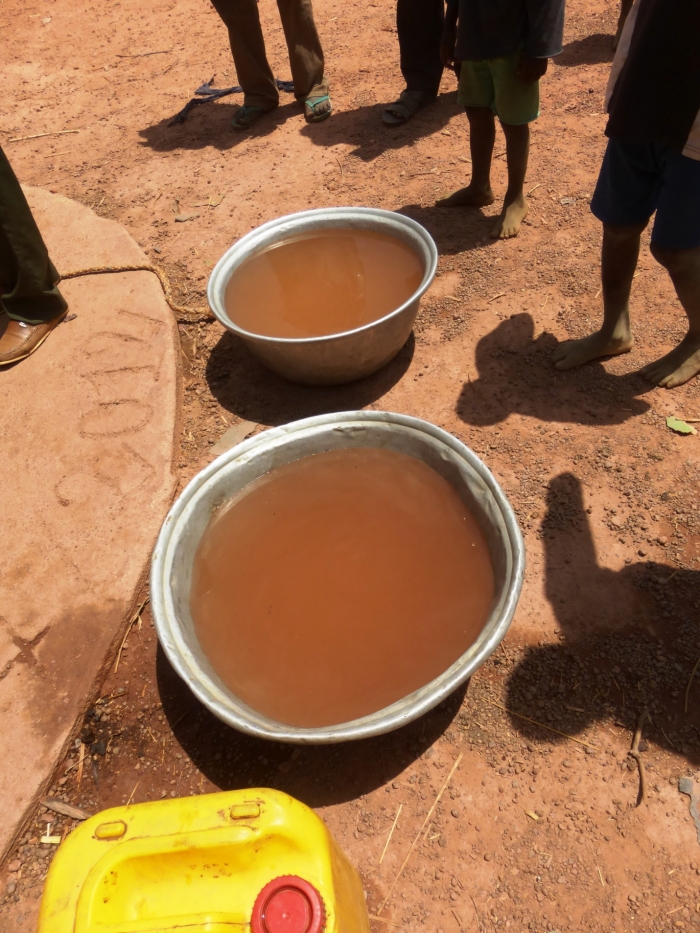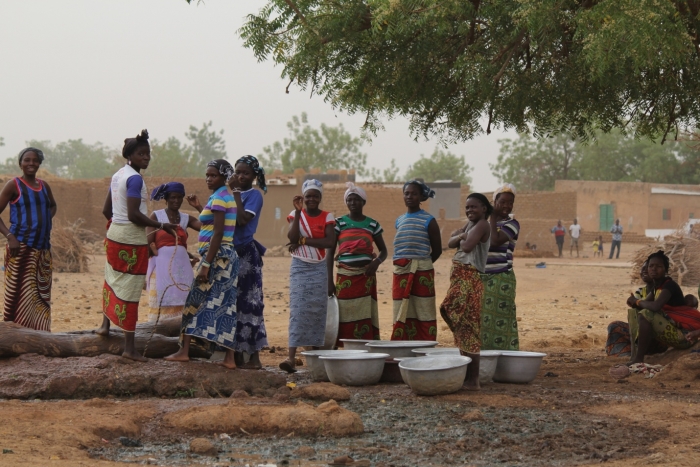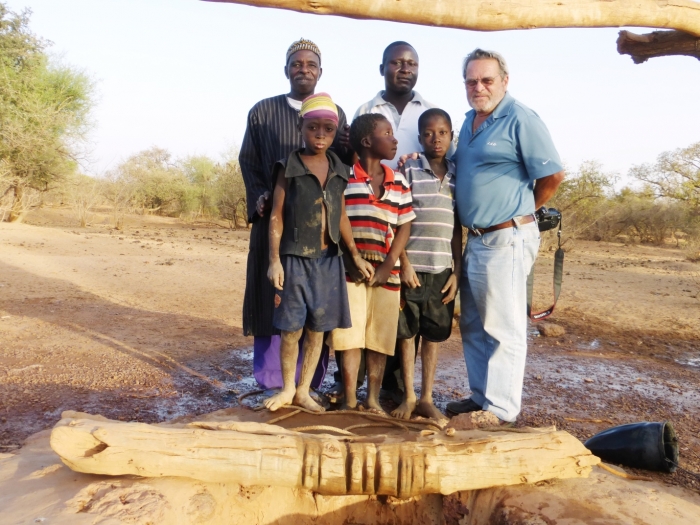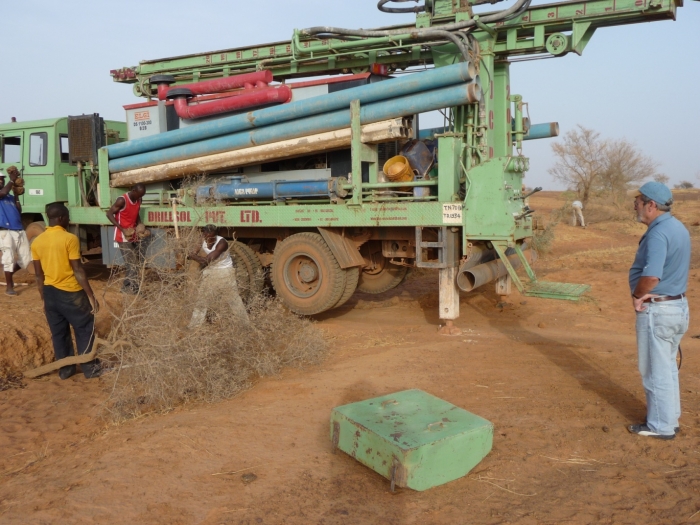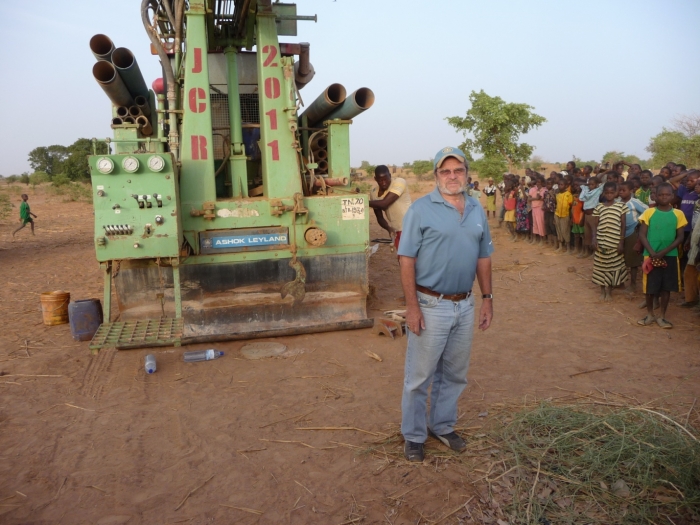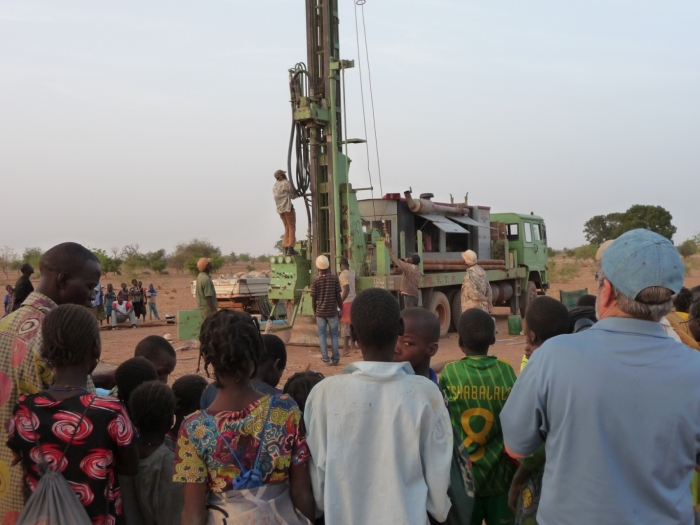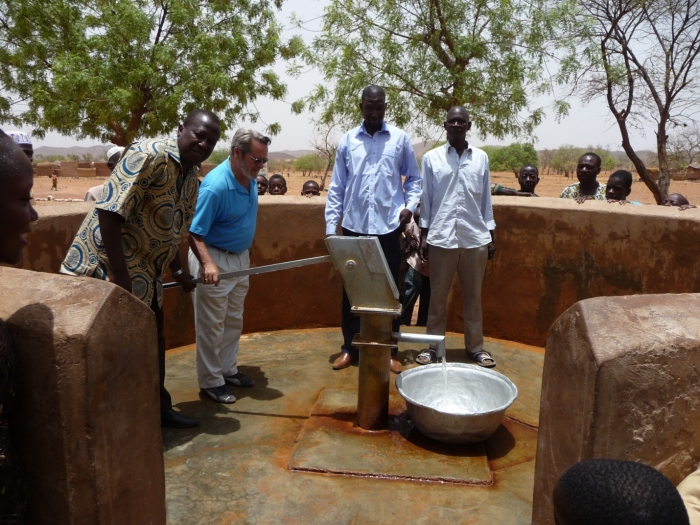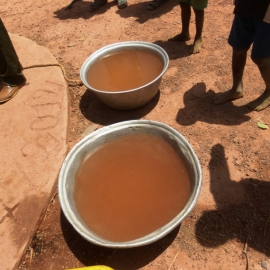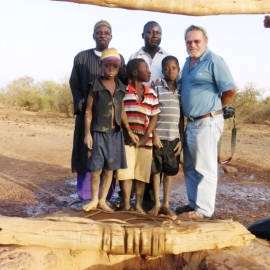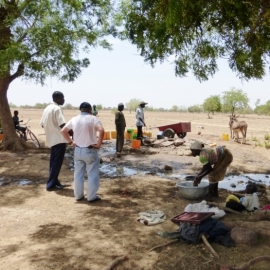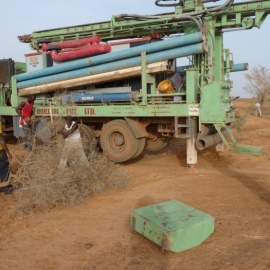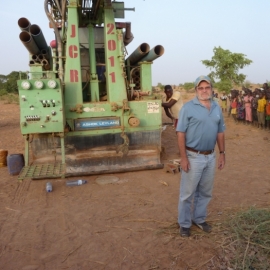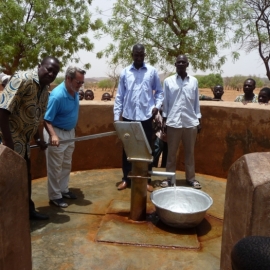
Project 1523 ....... Burkina Faso
-
Domaine :
Water
-
Région :
Africa
-
Pays :
Burkina Faso
![]() Vidéo
Vidéo
The project:
Drilling two water wells for two schools and two villages in the northernmost part of Burkina Faso.
The request:
February 15, 2015
From: Rotary Club Concorde
To: Fondation Coup de Cœur
Dear Jean and Fatima,
Thank you for the email you sent this morning.
Regarding the partnership project with Father Michel Allaire, the drilling of 5 water wells in Burkina Faso, I have yet to be ready and propose to put the project on hold for a few months.
However, your support to my recent project, finishing two water wells in the villages of Talle and Kandojo at a cost of $52,500.00, would be greatly appreciated.
The description of this project is attached to this email.
This project, No. GG1420160, is extremely important, as women and children will not have to walk 5-8 km anymore to get water every day.
Children will spend more time in school and women will be able to work at home or in the fields, instead of having to carry water.
A quick answer from your end would be greatly appreciated as we are ending our fundraising efforts.
Thank you for your help.
Michael J. Barrington, MA, MEd, PhD
President & CEO
MJB Consultants
Financial contributions:
| Number of beneficiaries | 1,000 people |
| Total cost of the project | $ 52,500.00 |
| World Funds | $23 ,000.00 |
| Rotary Group | $21 ,500.00 |
| Fondation Coup de Coeur | $ 1,000.00 |
**********************************************************************
Miscellaneous:
The following is an excerpt from "Michael's Mission" (Article written by Diana Schobert and published in The Rotarian Vol. 189 No. 5, 2010:31-37):
Michael Barrington was born to serve. His grandmother, a die-hard Irish Catholic, said so. She helped deliver him on a July day at his parents’ house, next door to hers on the outskirts of anchester, England. One of her daughters was a nun, one of her sons was a priest, and when Michael was born, she prophesized to his mother that he would be the next priest in the family.
(…) He’s been assessing the El Salvador portion of a Rotary Foundation Health Hunger and Humanity (3-H) Grant project as a member of the Foundation’s Cadre of Technical and Advisers – a group of Rotarian volunteers with technical expertise who help the Trustees review, monitor, and evaluate humanitarian grant projects. This grant, involving clubs in Bolivia, the Dominican Republic, El Salvador, Panama, and the United States, will help establish a network of hospitals and clinics that provide burn treatment in Latin America. Barrington has spent the last few days traveling through the bush to visit burn clinics and meeting with Rotarians involved in the project. Today he’s en route to Panama for the next leg of his mission.
From conception to completion, 3-H projects undergo five evaluations, several of which are on site, to assess feasibility, Rotarian involvement, implementation, and impact, and to ensure compliance with the Foundation’s conditions. (Cadre members also review efforts founded by Matching Grants larger than US$50,000, and will be reviewing grant projects carried out under the Future Vision Plan, though as of press time the details have not been determined.) “We as trustees rely very much on the professional expertise of these people,” says Foundation Trustee and Cadre Chair David D. Morgan. “They are in a better position than anyone else, having been on the side and interviewing the sponsors and beneficiaries, to tell us about any particular project.”
(…) Barrington speaks Spanish, French, Portuguese, and three African languages[.]
(…) Because of his natural ability to pick up languages and adapt to other cultures, as a priest he was often transferred by his superiors, never in one spot for too long. On his first assignment, he arrived in Nigeria at the beginning of the civil war. After six months of teaching at a junior seminary, he was transferred to the most isolated parish in the diocese. He spent the rest of the three-year war there, deep in the bush on the edge of the fighting, sick with malaria several times. When the war was over, he was moved to another part of the country to work on reconstruction projects with groups such as Oxfam, the World Health Organization, and Caritas, and was responsible for developing hospitals, schools, low-cost shelters, and small businesses. “This is why I know so much about this project,” he says of the effort he is evaluating. “A burn center is just another clinic.”
(…) “There’s so much you want to do,” Barrington says. “You see the tremendous suffering of people. An example: There was an area, 6,000 square miles of territory, zero health care. Nothing at all. People get sick, they die. You see this every single day whenever you go –people sick, people dying, the poverty of people, people living at a subsistence level. It tears at you. You want to do something to help – you just don’t have the resources. You watch people die. I buried a lot of people. I buried lots of them. I’m tearing up even telling this. I know we change the world one life at time. But when you are there and see this stark poverty all around you, you want to change it, and you don’t have the resources to do it.”
(…) The Rotarians who work on grant projects are volunteers, not professional grant administrators. As a cadre member, Barrington has a deep understanding of all the fine print that goes along with Foundation grants, spelling out their terms and conditions.
That makes his role as a technical adviser twofold: he’s there not only as a support to the Trustees, ensuring that donations to The Rotary Foundation are spent responsibly, but also as a Rotarian with expertise in Foundation grants, helping Rotarians make their projects stronger.
(…) Decades later, and it ends up that his grandmother was right: Michael Barrington was born to save. “Service Above Self – to me, Rotary was coming home,” he says.
Article cited:
Schobert, Diana. “Michael's Mission.” The Rotarian 189.5 (2010):31-37. Print.

